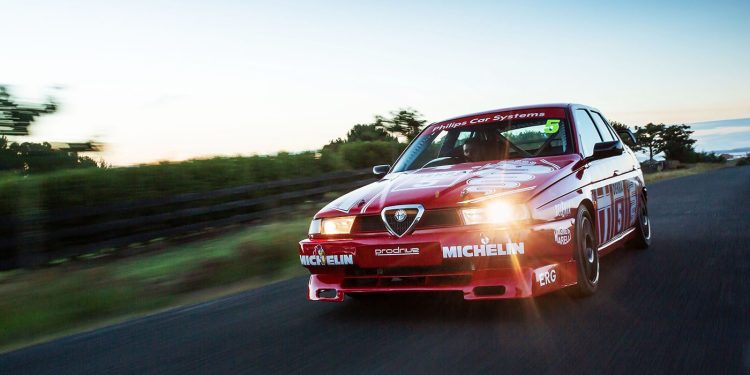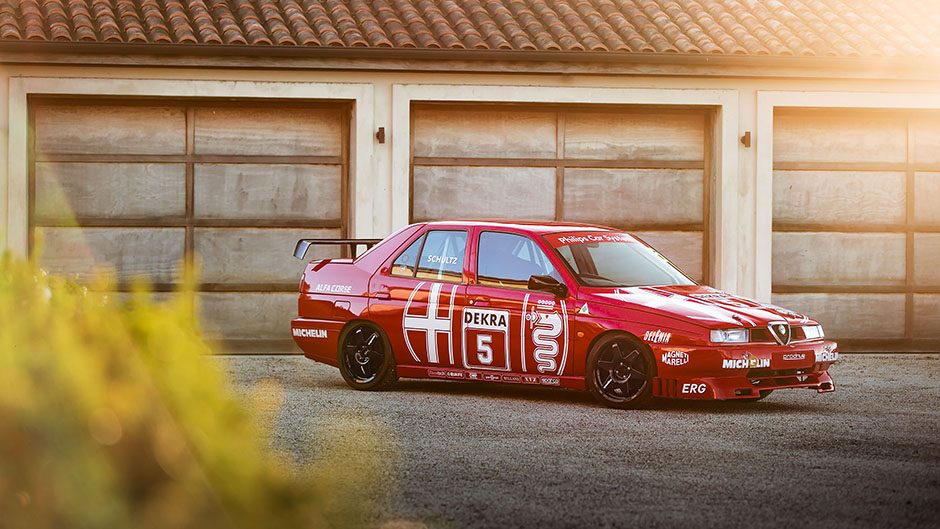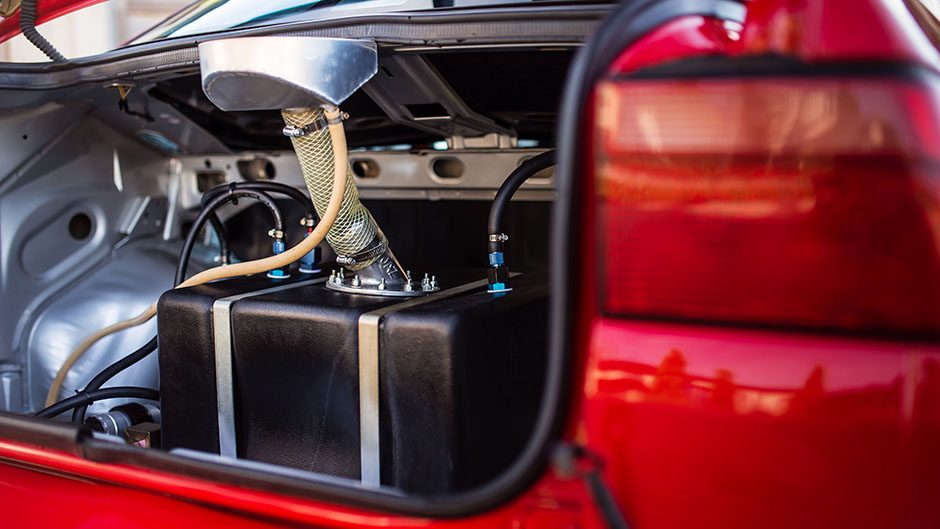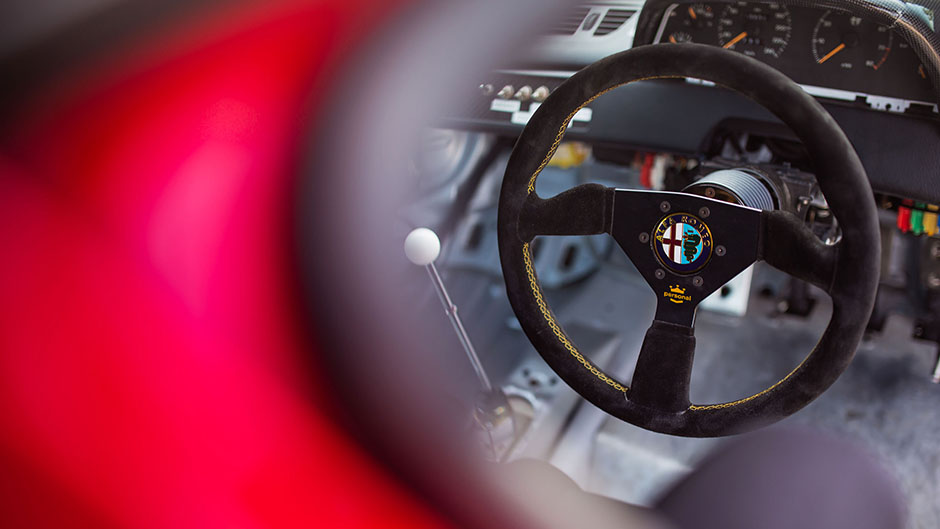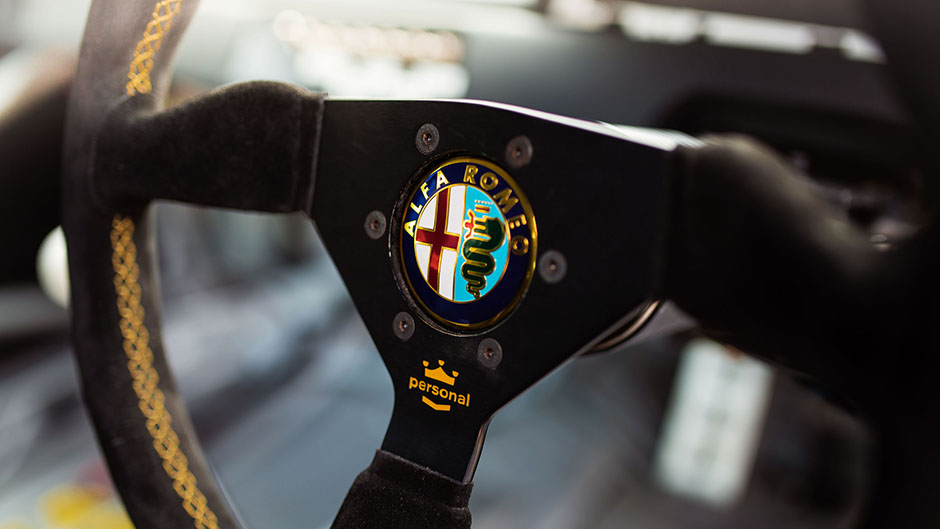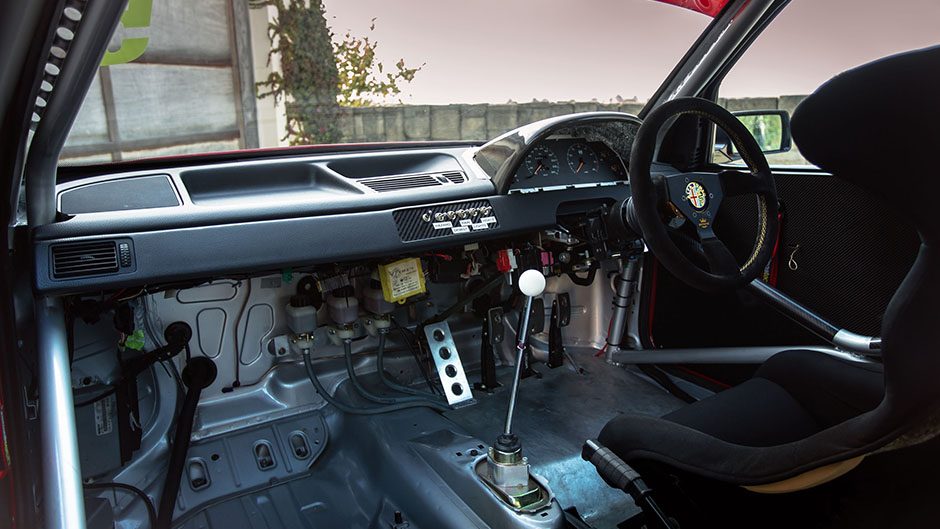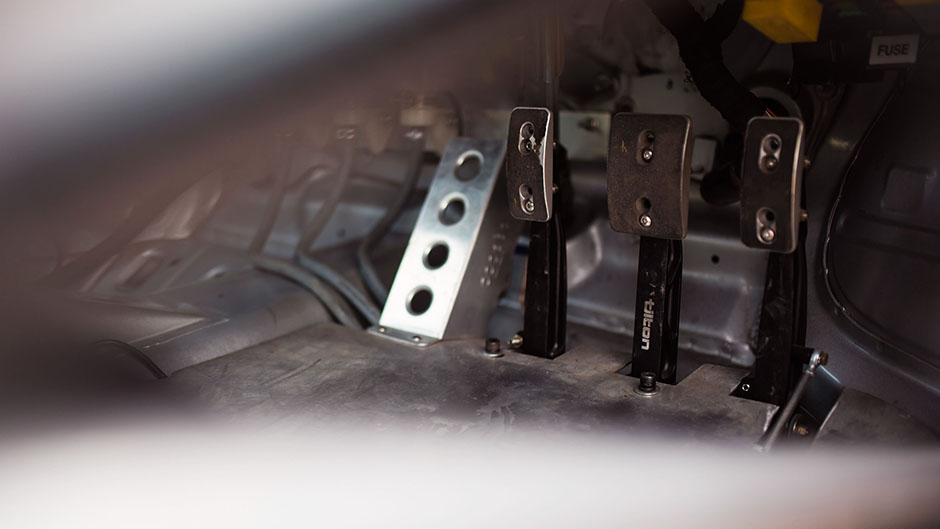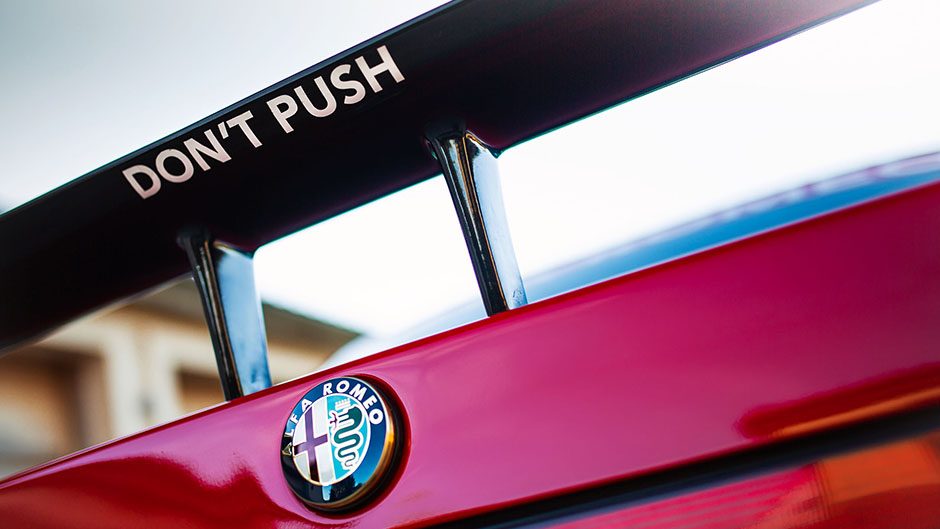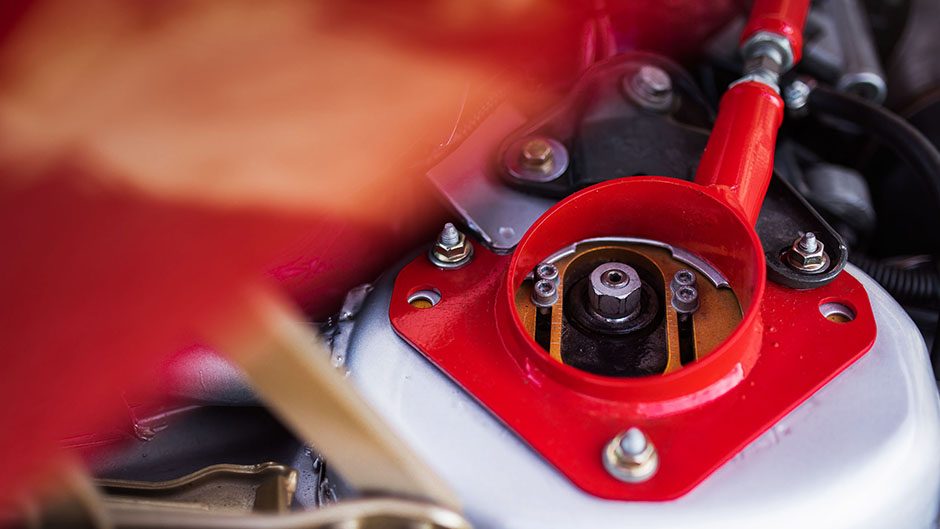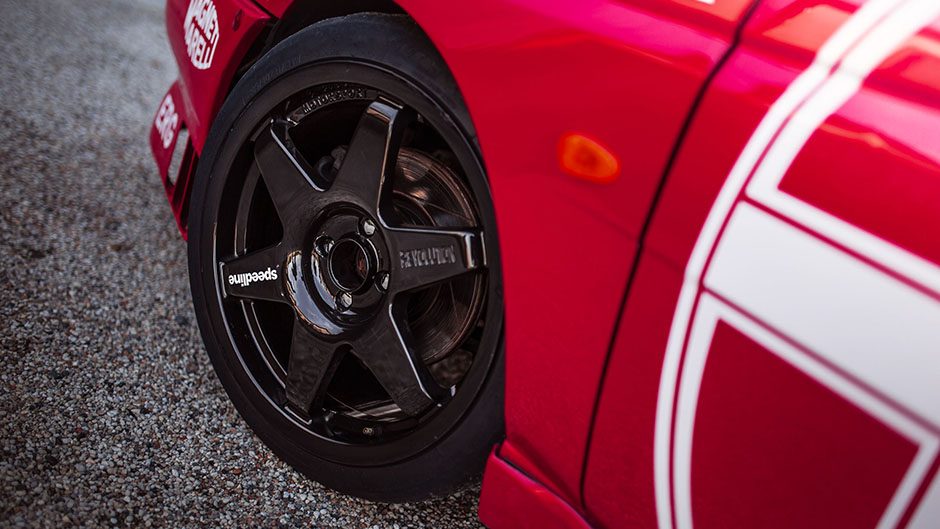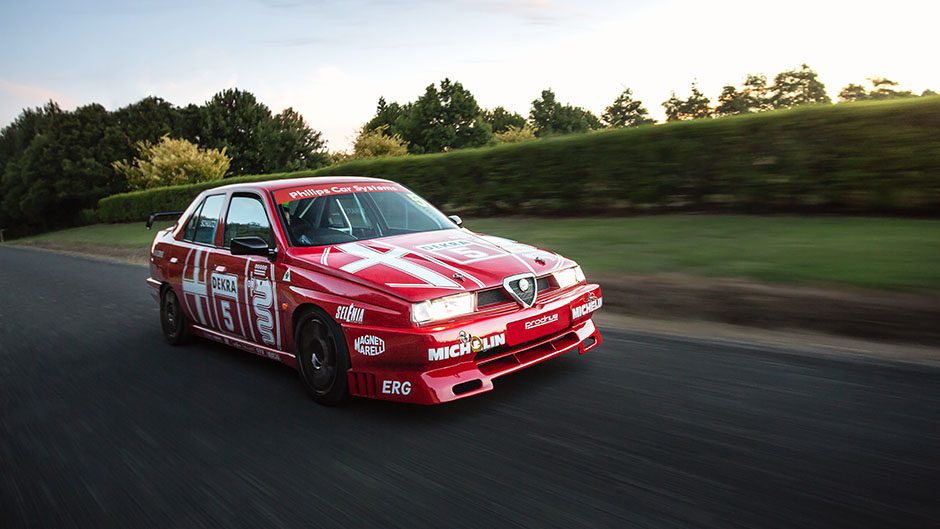1996 Alfa Romeo 155 D2 tribute
Words Alex Schultz | Photos Richard Opie
The materialisation of an alfisti’s love can take many forms. For the author, it’s a 155 supertourer that he put much of his own sweat and dollars into.
In order to properly explain this Alfa Romeo 155 Supertourer replica, we need to talk about what happened during the 1994 British Touring Car Championship. Class 2 Supertourers were in their second year of competition, having replaced the Group A circus as the main tin-top category in Britain.
Without going into too much of the technical detail, the race cars had to have an engine capacity no greater than 2.0-litres, breathe naturally and have no more than six cylinders. To prevent manufacturers producing homologation specials, they had to make at least 2500 examples of their intended racer.
But as with many race categories over the years, rules are made to be interpreted. To contest the Supertourer category, Alfa Romeo chose its small family saloon, the 155, which had already tasted much success in the German DTM and Italian Superturismo. However, the German cars were allowed to run a 2.5L V6 and the Italian racers used a 2.0L turbo, while both categories allowed the advantages of all-wheel drive. Would the 155 be as successful using an atmo four with the power running exclusively through the front wheels?
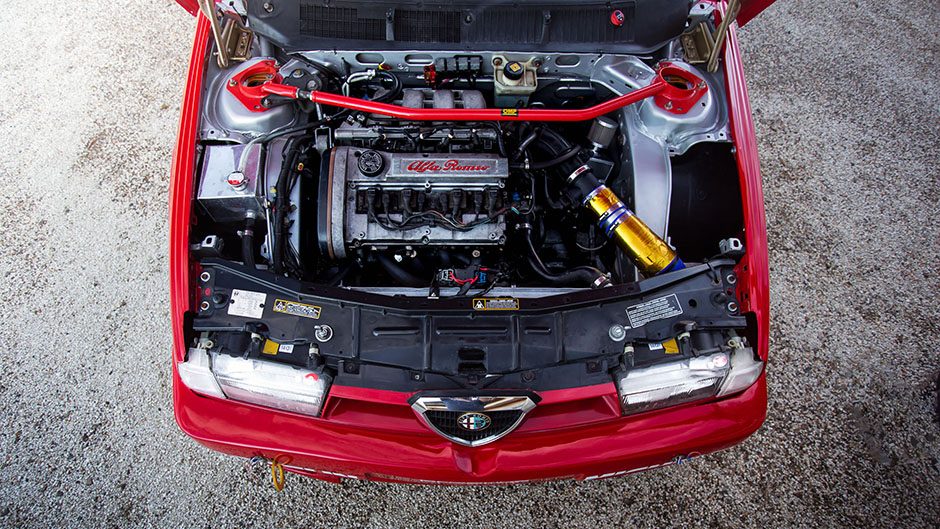
When Alfa Romeo arrived at Thruxton Circuit in Hampshire for round one of the 1994 season, the team had a ‘not-so-hidden’ trick up its sleeve. The Italians had gone and built 2500 special editions of its 155 which it called the ‘Silverstone’ in the UK market, while these specials were known as a ‘Formula’ in the rest of Europe. And just what made these homologation specials different? They were fitted with an extendable front splitter, and in the boot of these special 155s were some pieces of stainless steel along with some nuts and bolts. If the customer asked the dealer, they would install these spacers, transforming the spoiler into a fully blown wing.
These aerodynamic aids clearly gave the Alfas an advantage as they went on to take the first five wins of the season. At the Oulton Park round, the other teams protested and Alfa Corse was told to run without the aerodynamic add-ons. Alfa refused and left the meeting in protest. They returned in round seven after agreeing to run with the front splitter retracted and the rear wing lowered. By round 12 at Silverstone other manufactures had also released homologation specials which helped level the playing field.
Truth be told, it wasn’t just the aerodynamic aids that helped Alfa Romeo clinch the 1994 title; they also came with a huge budget that spared no expense. The car also had a trick active front differential that was derived from the central unit used on Lancia Integrale rally cars. This locked the front axle during braking, helping to avoid the fronts locking up due to the lifting of a wheel going into a corner. This allowed the driver to brake hard during the first part of a corner without worrying about locking a wheel. And having the likes of Gabriele Tarquini at the helm helped as well.
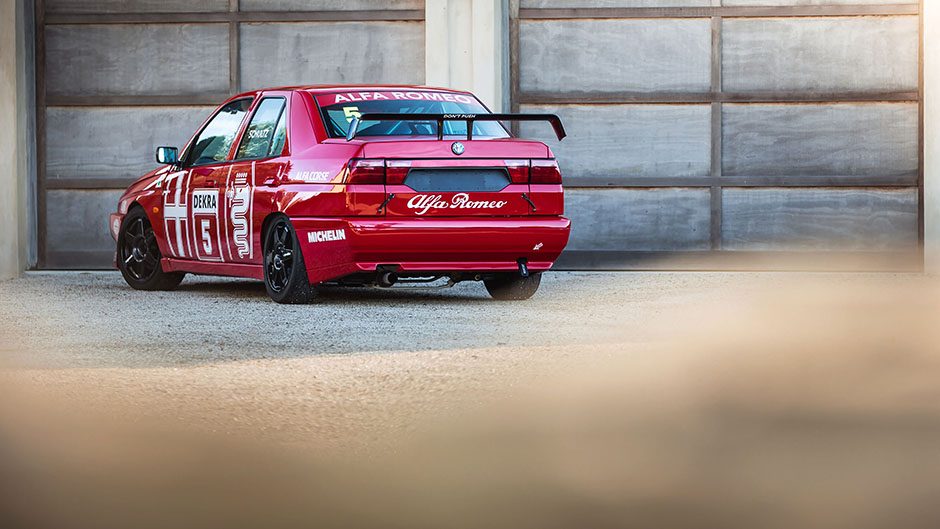
However, Alfa’s aero move meant that for the following year, wings were now permitted and other teams developed their own packages to improve air flow and downforce. To counter any future homologation specials, the minimum production requirement was increased to 25,000 units. The following year, Alfa Romeo exited the BTCC returning to focus on the Italian Superturismo championship while leaving Prodrive to run the 155 in the BTCC.
Being a fan of Alfa Romeo, the 155 was a logical choice when I decided it was time to build a race car. Its success in motorsport makes it one of the all-time great Alfas, up there with the P3 and T33/3 in terms of silverware. I was also fascinated by the 90s era of Supertouring when budgets were completely out of control, allowing teams to cram Formula 1 levels of engineering into small family saloons.
In 1995, Alfa Romeo gave the 155 a facelift and cars built after this year are known as widebodies, pre-1995s are now called skinnies. Along with flared box arches and a wider track, the widebodies also gained quick ratio steering and 16v engines.
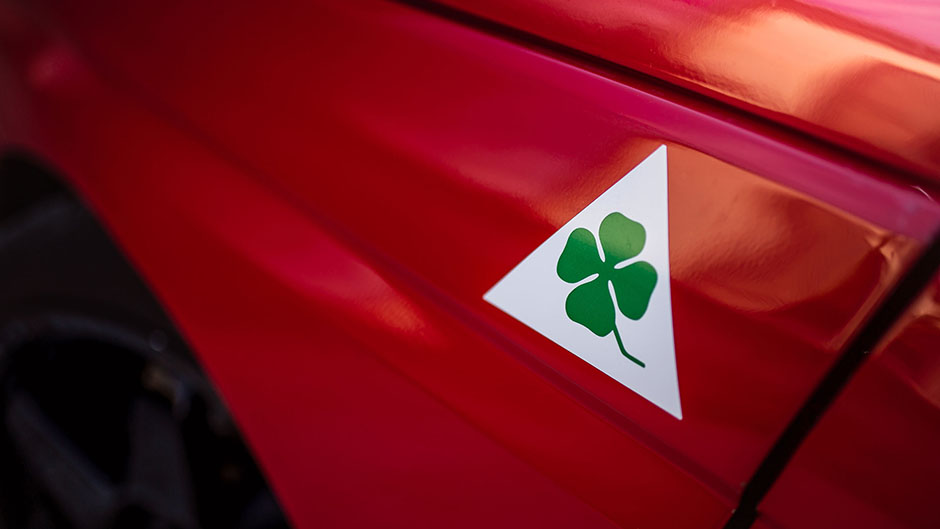
After finding a clean and original 1996 155 2.0 twin-spark 16v, I set about sourcing the rear wing and front bumper used by 155 ST-9 Supertourers from 1995-2003. I found a Hungarian race team called Unicorse Team who ran a TCR Guiletta and a 156 S2000. They also had a 155 TS D2 which they made spare moulds for. So after contacting them, I had my Supertourer aero on its way.
While I waited for the parts to arrive, the donor car was stripped, sandblasted and caged. The gearbox was rebuilt with a Quaife LSD and new clutch and flywheel. I had a fibreglass bonnet made, suspension arms restored and polyurethane bushes added.
When it came time to paint the car, of course it had to be red. I had the exterior painted in Ferrari F40 rosso corsa and the interior/engine bay in silver, as they were done originally, as well as small details like gold hinges for the bonnet and boot.
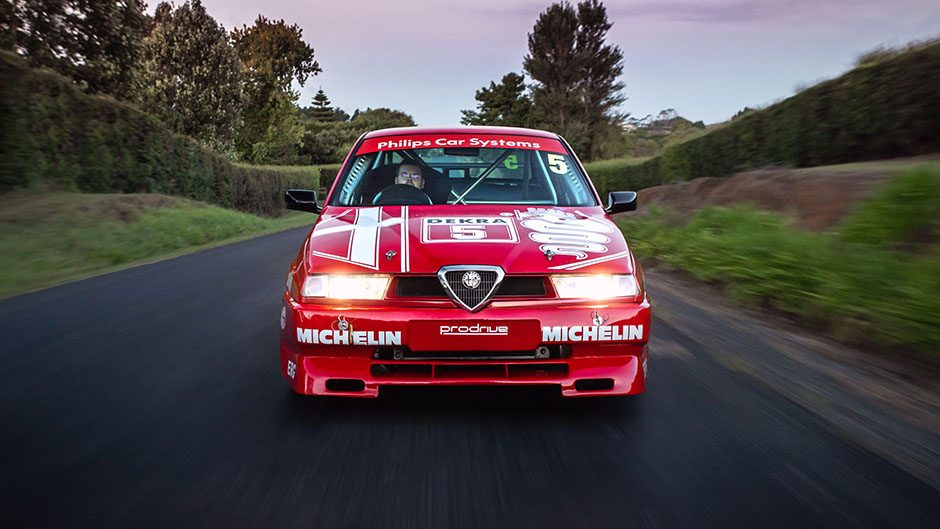
Reading about similar race cars in Europe, I discovered the rear aluminium multilink suspension from an Alfa Romeo 916 GTV can be used in the 155. It requires the removal of the spare wheel well from the 155, but with the multilink design in place, you then have the ability to adjust the camber and caster angles and it also delivers a wider track over the 155’s original trailing arm set-up. So I purchased a damaged GTV shell and in went the multilink rear end with a stiffer rear sway bar and some extra bracing.
As they say, you never finish building a race car and this being my first I learnt a lot going through the motions. I still have lots planned for this car as I slowly refine and improve it. The engine, apart from a BMC CDA airbox and exhaust, is standard. I have a spare twin-spark donk and eventually would like to get parts from AH Motorsport in the UK who can help a 16v twin-spark make close to the 280hp that the 155 Supertourers made in period. That and a six-speed sequential gearbox would be nice.


